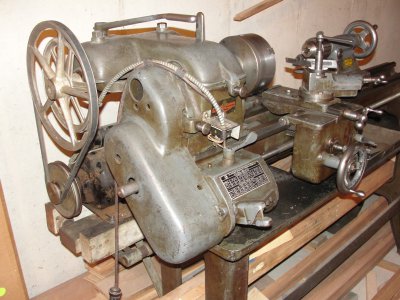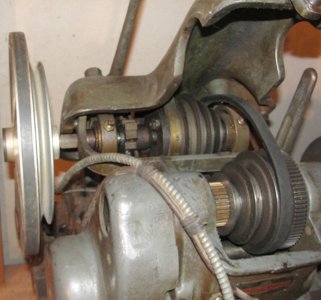- Joined
- May 18, 2014
- Messages
- 7
Hello - I am seeking to identify my lathe model, and have a general question about nomenclature such as "8 x 36" or "12 x 36". Also, Clausing appears to have a 4 digit numerical model in addition to, for example "100 Mk2". Here is a picture of my lathe:

1. It is about 6" from the center of the chuck to the ways, and about 36" from the chuck to the tailstock. Would this be a 12 x 36 lathe?
2. Is this a 100 Mk3a? (note clutch lever to the left) Is also there a 4 digit model #, and if so how might I find out what it is?
Thank you in advance.
Don


1. It is about 6" from the center of the chuck to the ways, and about 36" from the chuck to the tailstock. Would this be a 12 x 36 lathe?
2. Is this a 100 Mk3a? (note clutch lever to the left) Is also there a 4 digit model #, and if so how might I find out what it is?
Thank you in advance.
Don

Last edited:


